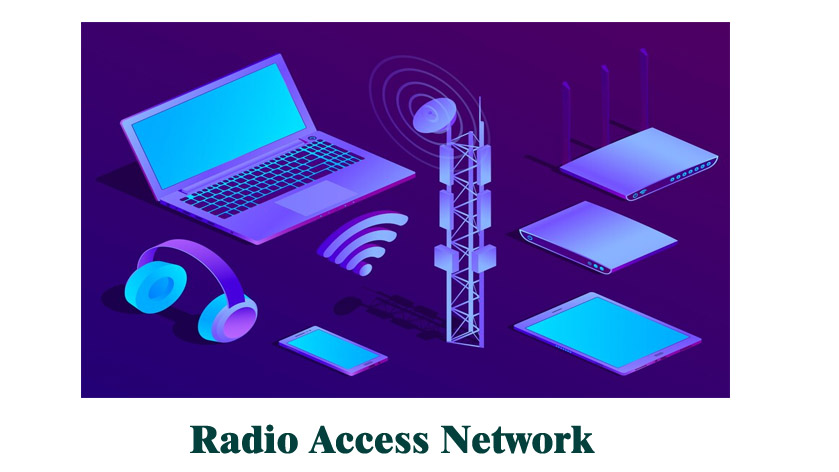The radio access network is part of the mobile network connecting end-user devices, such as mobile phones, to the cloud. This is done by sending data through radio waves from end-user devices to radio access network transceivers and, lastly, from the transceivers to the core network connecting to the global Internet.
Similar to the virtualization of network functions that have enabled telcos to modernize their networks, RAN has applied similar principles. This is crucial as the industry’s future focuses on the transition to 5G. The ongoing 5G network transformation will depend on the virtualization of RAN; it is assumed to be cloud-native and container-based.
Radio access networks are critical connection points representing overall network expenses, complex processing, rapidly increasing demand of 5G, and performance intensive. This scenario is significant for telecommunications network operators.
What are the Advantages of Radio Access Network?
Because of this, many carriers have decreased their cost and developed a more agile infrastructure by deploying various virtual network functions that consist of DNS, evolved packet courses for 4G networks, and virtual firewalls.
Because of this, it has various benefits such as:
- It increases the flexibility.
- RAN will allow you to spin workloads in various areas with less effort.
- The hardware that is used in this is much less expensive.
- It will allow resources to be scaled elastically to see the changes in network demands.
Conclusion
In conclusion, Since help in sending information through radio. It is one of the most critical connection points between the overall network that will perform complex processing. Implementation of RAN has led to the development of industry-wide standards. It has also simplified network operation, eventually improving flexibility and efficiency and increasing the number of devices and bandwidth-hungry applications. Radio access networks are critical connection points representing overall network expenses, complex processing, rapidly growing demand for 5G, and performance intensive. This scenario is significant for telecommunications network operators.

